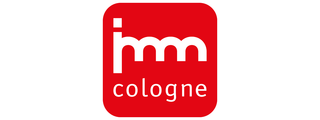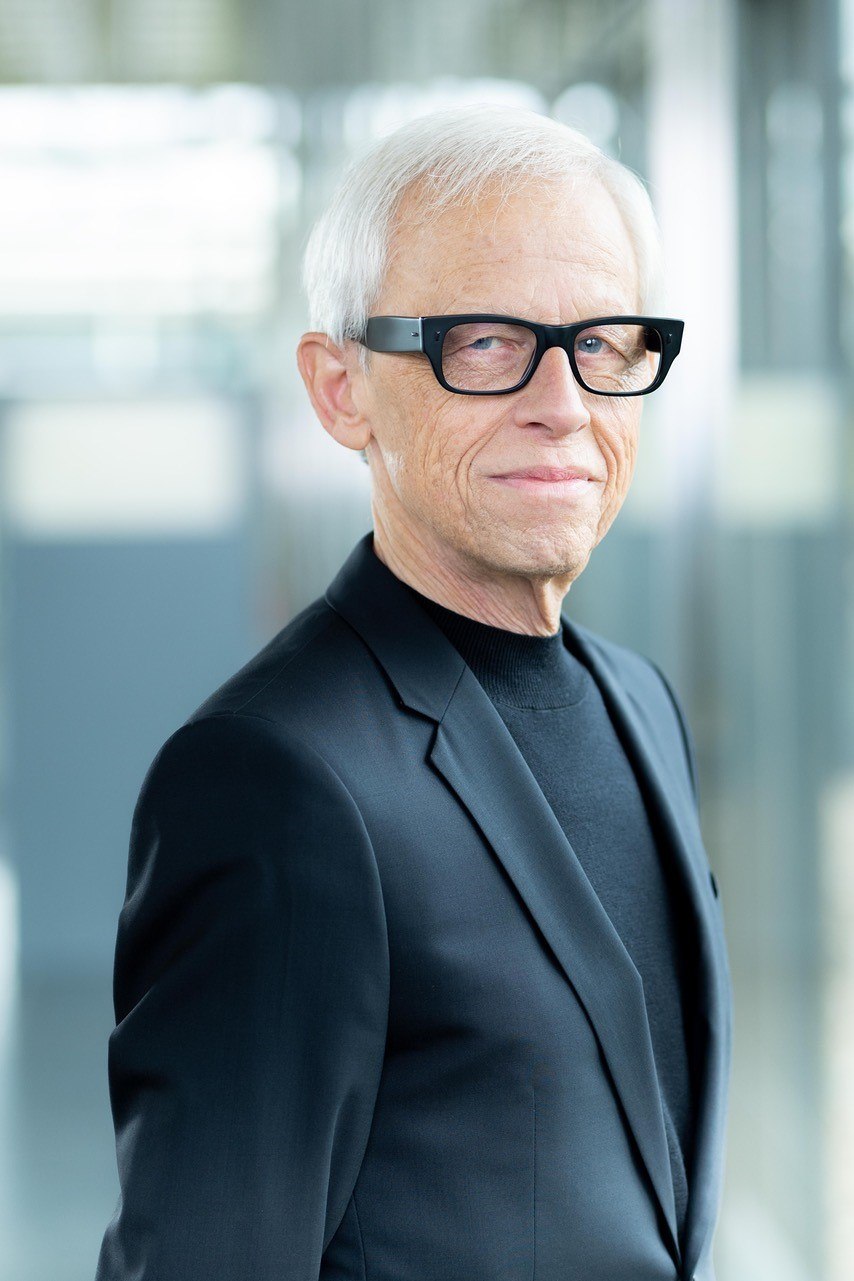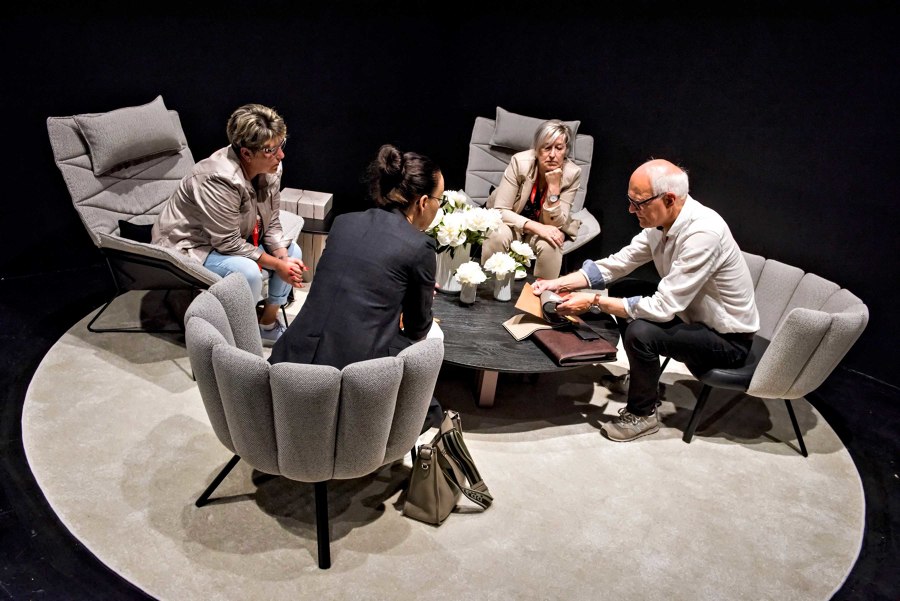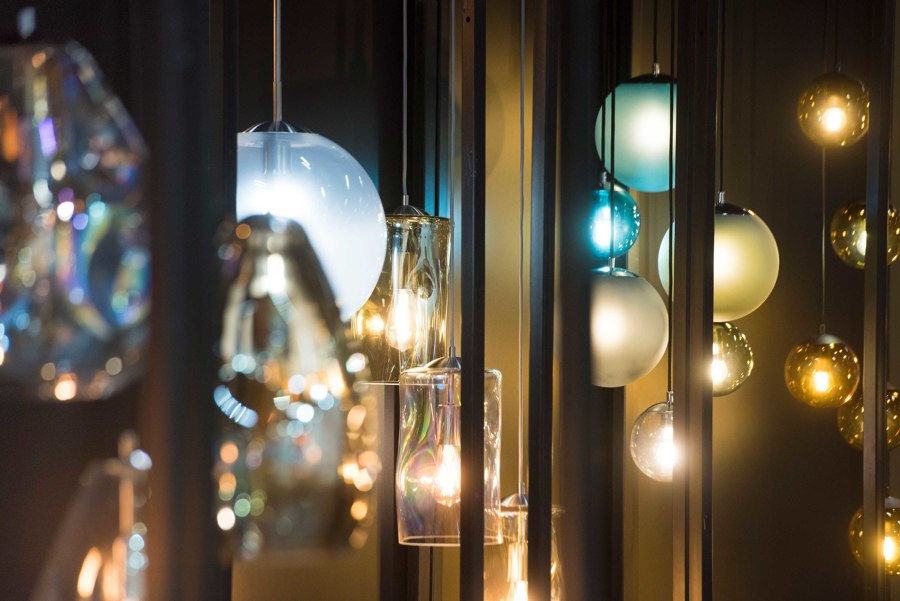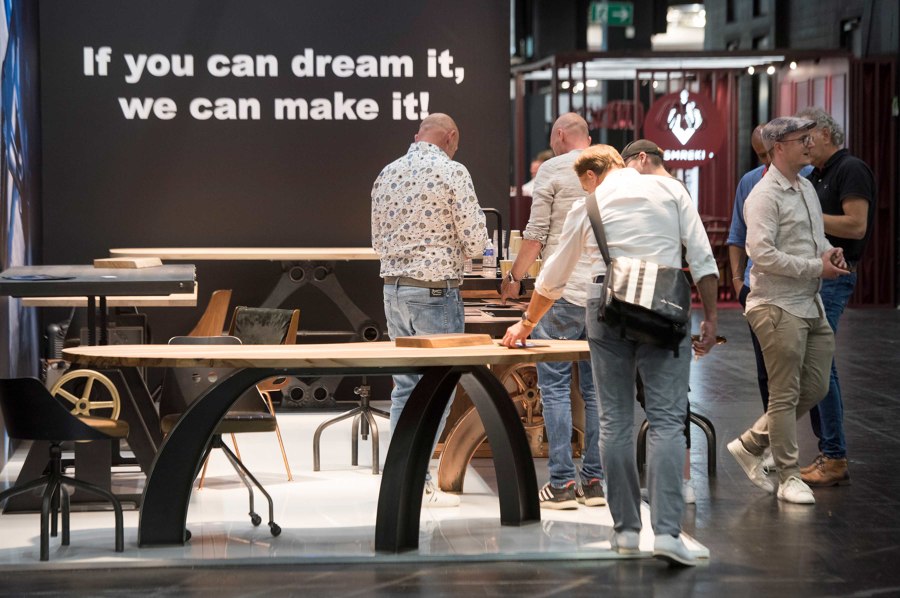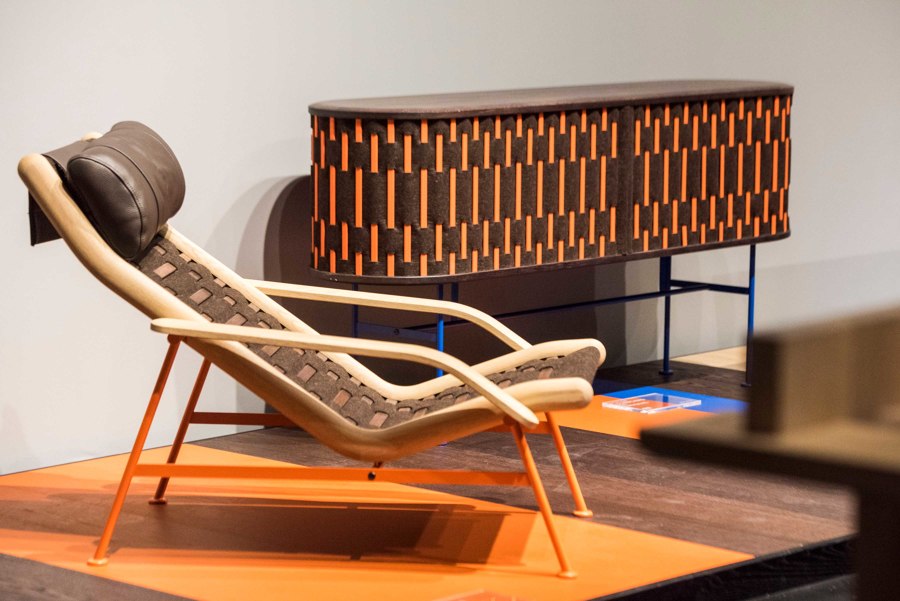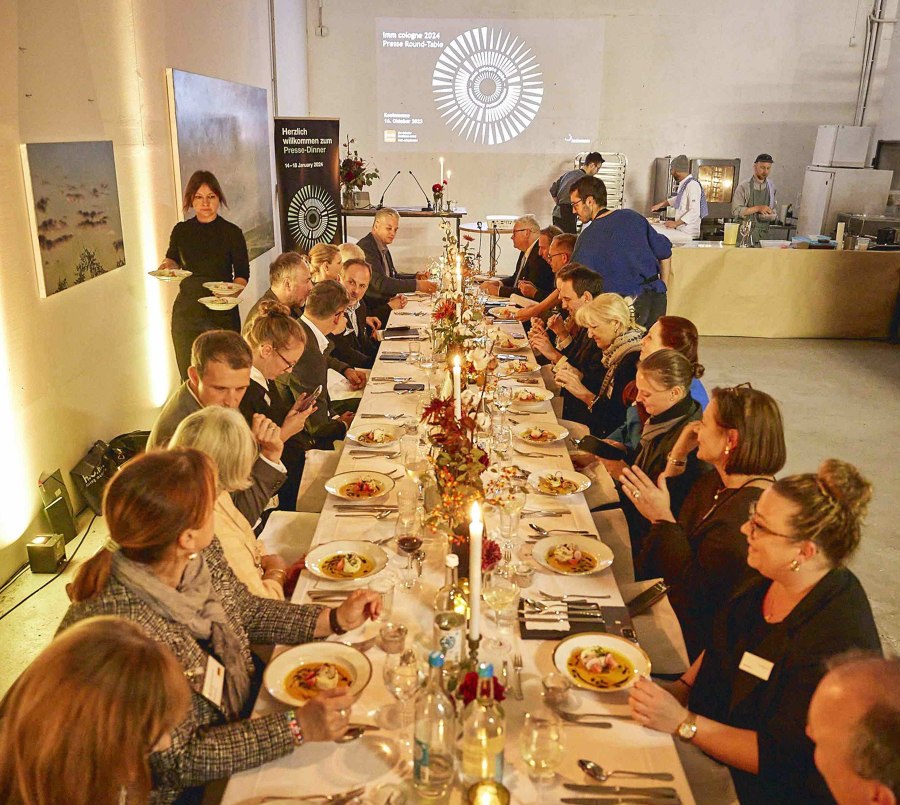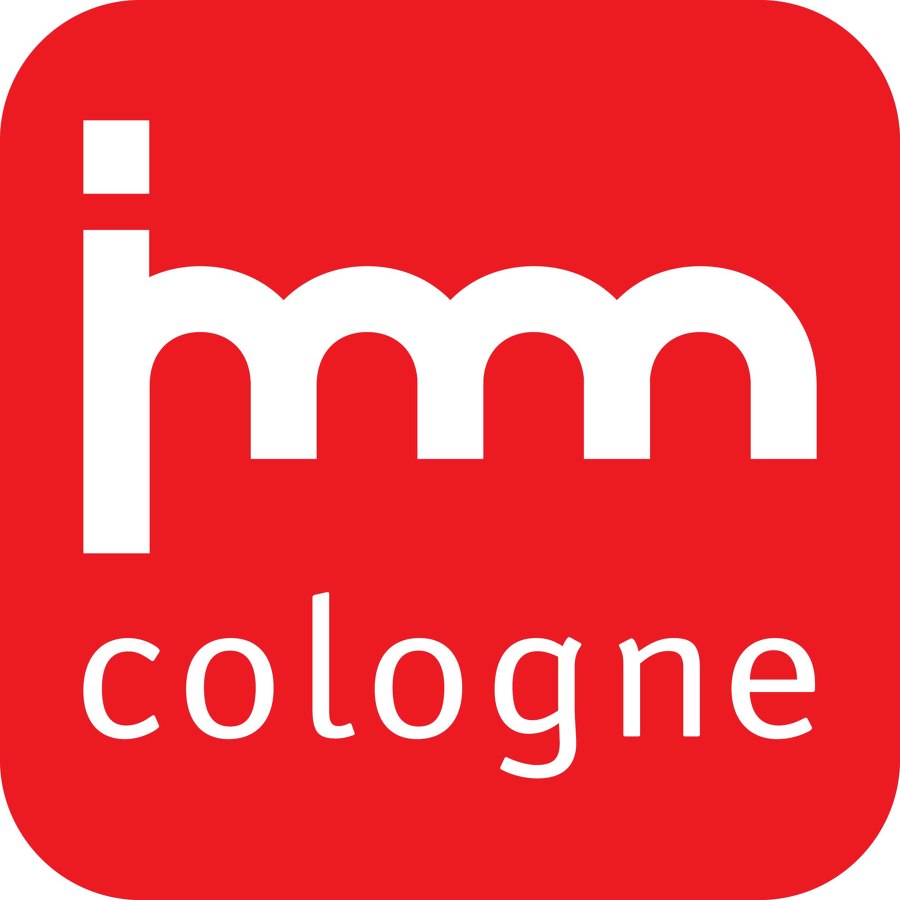Making friends at imm cologne
Brand story by Simon Keane-Cowell
Cologne, Germany
10.11.23
Sitting down with imm cologne creative director Dick Spierenburg on the fair's 2024 theme of ‘Connecting Communities’ in a changing landscape and why the trade fair is returning to its January date...
Dick Spierenburg, creative director of imm cologne. Photo © Koelnmesse / imm cologne
Let’s be honest. There’s been a certain amount of speculation over the past while about the future of imm cologne, the international furniture fair that’s traditionally kicked off the calendar year, acting as a compass to the design landscape of the following twelve months. Like every physical trade fair, it has had to navigate white waters: pandemic strictures, turbulent macroeconomics and the continued expansion of alternative channels.
And yet. After its experimental, pared-down ‘Spring Edition’ last June, January 2024 sees imm cologne back to its traditional timing – and in rude health. It’s not business as usual, though. And rightly so. The fair is evolving at a pace to reflect the changing needs and behaviours of both professional visitors and brands, each hungry to connect on a deeper level, beyond the presentation of new products.
‘imm cologne is still associated with the start of the calendar year. It’s also when we, as individuals, start anew. And it’s always nice to combine this new start with a show like ours‘
Is imm cologne becoming more regional? Maybe. Is it becoming richer in content? Definitely. Is it becoming more convivial? Without a doubt. But let me leave it to the fair’s long-term creative director Dick Spierenburg to give you a fuller picture of its direction of travel and why it’s chosen ‘Connecting Communities’ as the banner for its forthcoming edition.
You’ve described last year’s imm cologne Spring Edition as an experiment. What did you learn?
The Spring Edition was held in June, which traditionally isn’t a month for shows in the interior branch. So, we had to create a different kind of atmosphere. And it was also a show that was a lot more compact. Because of this, we made the stand spaces more uniform in terms of size. It was a new way for exhibitors to present themselves. They were able to find ways of differentiating themselves within a singular concept.
Beyond this, we had a central space where visitors could meet, enjoy some food and drink, get information, but also watch live-talks content. And, at the end of the opening day, it turned into a vernissage with live music. A party atmosphere.
So, it was really good to experiment with a smaller show and to get such positive feedback from exhibitors and visitors. Next January’s edition of imm cologne builds on these learnings.
Why has imm cologne reverted to its January timing?
The June date was a result of a certain Covid hesitancy, to avoid a winter show. We tried to use the advantages of late spring; for example we held a big outdoor party that went on until late, with a real feeling of conviviality.
On the other hand, imm cologne is still associated with the start of the calendar year. It’s also when we, as individuals, start anew. And it’s always nice to combine this new start with a show like ours. We present new products, new atmospheres, new themes, and people simply have a different mindset in January. So, for that reason, we got a lot of requests from the industry to revert to January. I don’t think the discussion about timings will end with this move, but it’s good to be back in January for 2024.
Let’s be honest. Does this apply to the whole industry or just the German and Benelux brands? If we think about the big Italian players, for example, their product-launch cycles work to Milan’s timing, right?
Yes, you’re right. It’s not the same for all countries. What we’re seeing in the industry is that brands are focusing on one major event, like Cologne, like Milan, and then joining local, smaller-scale events. I recently visited Dutch Design Week in Eindhoven, a small show in Amsterdam for office design, and one in Barcelona for hospitality. Architects and interior professionals increasingly are not always attending those large exhibitions in cities far away, with all the travel logistics and expenses that come with it.
So, for some, the major event is Cologne – for the Dutch brands, for the German brands, the French, the Austrians, the Swiss. The Italians have, of course, in April their main event with their novelties. It’s a pity, but we’ll make a show that’s interesting anyway.
Why is imm cologne shorter this time round?
We’ve shortened it from seven days to five days. I believe it’s better to concentrate it, so visitors don’t lose too much time and spend too much on hotels and travelling and those kinds of things. It should be focused.
So, this January’s edition of the fair is called ‘Connecting Communities’. Why?
It’s an important theme in society. People are wanting more and more to join hands, to share things and to share spaces. It’s less about owning and more about experimenting with different models. Right now, you can see more co-working, co-living, communal gardens and car-sharing going on.
But also in our industry, where traditionally you have separate communities – interior professionals, architects, retailers, and so on; our intention is to bring all those communities together by connecting them, to help them share and enjoy their knowledge and inspiration. That’s why we believe ‘Connecting Communities’ to be a very important theme that we can leverage to stimulate our audience, bringing forward new ideas and action.
And what does this mean on the ground at the fair in terms of the visitor experience?
What we’re seeing for this January is that we have more group participation and not in the traditional way of, say, collectives exhibiting along national lines. Instead, it’s companies, brands who operate on the same level, who target the same clients; they are exhibiting together with one design concept, using the same space to allow visitors to connect, to network and enjoy some catering.
This makes it easier to present on smaller spaces, which is a real trend with us: more compact presentations, more open spaces, which, of course, has a lot to do with sustainability. We want to use fewer materials, and we want them to be used again in other spaces, other shows and other events. And this is more possible if you collaborate.
Press dinner on the occasion of imm cologne 2024. Photo © Koelnmesse / imm cologne
Beyond exhibitors pulling together, what other opportunities are there for visitors to find common ground?
Well, we’ve changed the floor plan. While the exhibitor spaces are rectangular in form, we’ve made all of our event spaces circular to create another kind of experience in the halls. You’ll find these circles easily and they’ll all present a different theme or function, from cafés and clubs to studios where live content is delivered, to installations where visionary designers show initiatives across product design, interiors and art. It turns the visitor journey into an adventure, as they move through the exhibition halls.
Tell me more about how we’ll encounter young talent at imm cologne.
Well, the Pure Talents contest is taking place for the 20th time this year. The jury this time round is made up of Studio Dessí, VANTOT, Studio JWDA, Tomás Alonso Design Studio and Raw-Edges (all of them previous contest participants), who’ll be focusing not only on interior objects, but also, for the first time, on interior spaces, with a particular invitation to entrants to show us their visions for smaller spaces and for non-living interiors. There’ll be 12 young designers shown at our Pure Talents content space, with the award being presented on the first day of the show.
Since we’re talking about communities, the winners over the years have often come back to imm cologne, presenting on their own, occasionally with their own brands. We’re committed to smaller brands and start-ups being part of the exhibition, which is why our exhibition spaces start at just 25 square metres.
Why is it so important for you to build the idea of conviviality into the imm cologne concept?
I think you pick up knowledge and inspiration much better when you are enjoying the company of others, when you’re open and relaxed. It’s important to go to an event and feel it. I get a lot of pleasure from meeting new people. And this is not only about the fair itself, but exploring and enjoying the host city. This is a very important component for us. The show is only nine hours a day. The day is longer and more is happening. We should embrace it all.
© Architonic
Head to the Architonic Magazine for more insights on the latest products, trends and practices in architecture and design.
